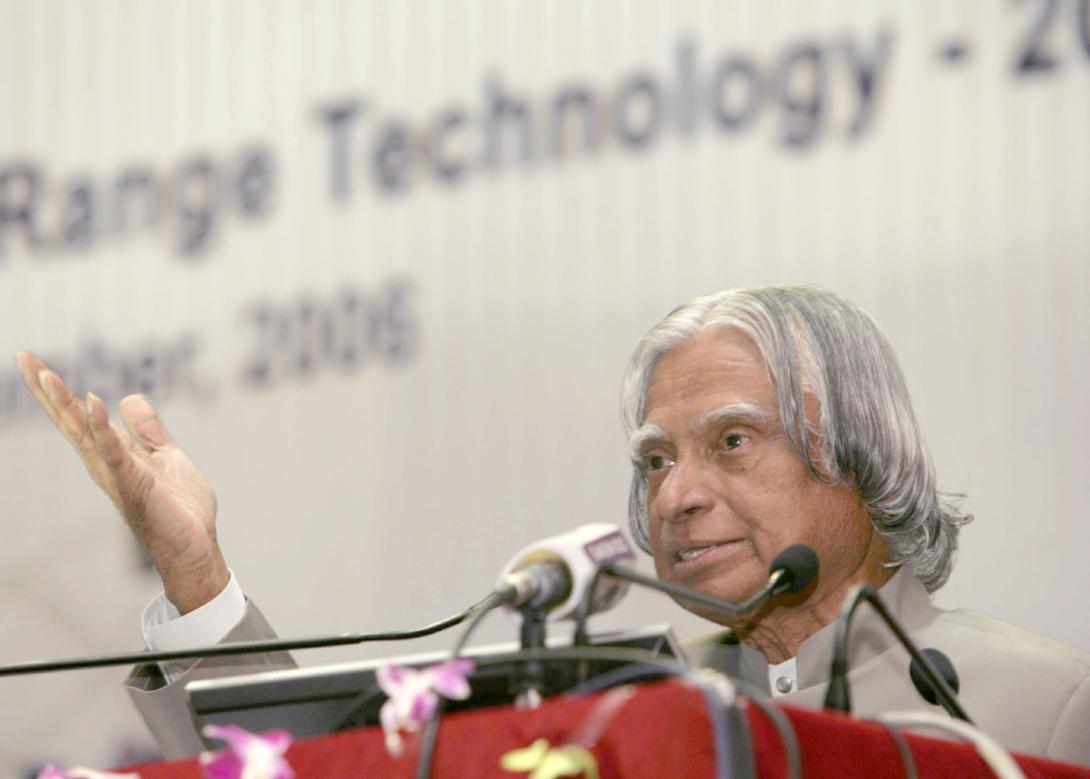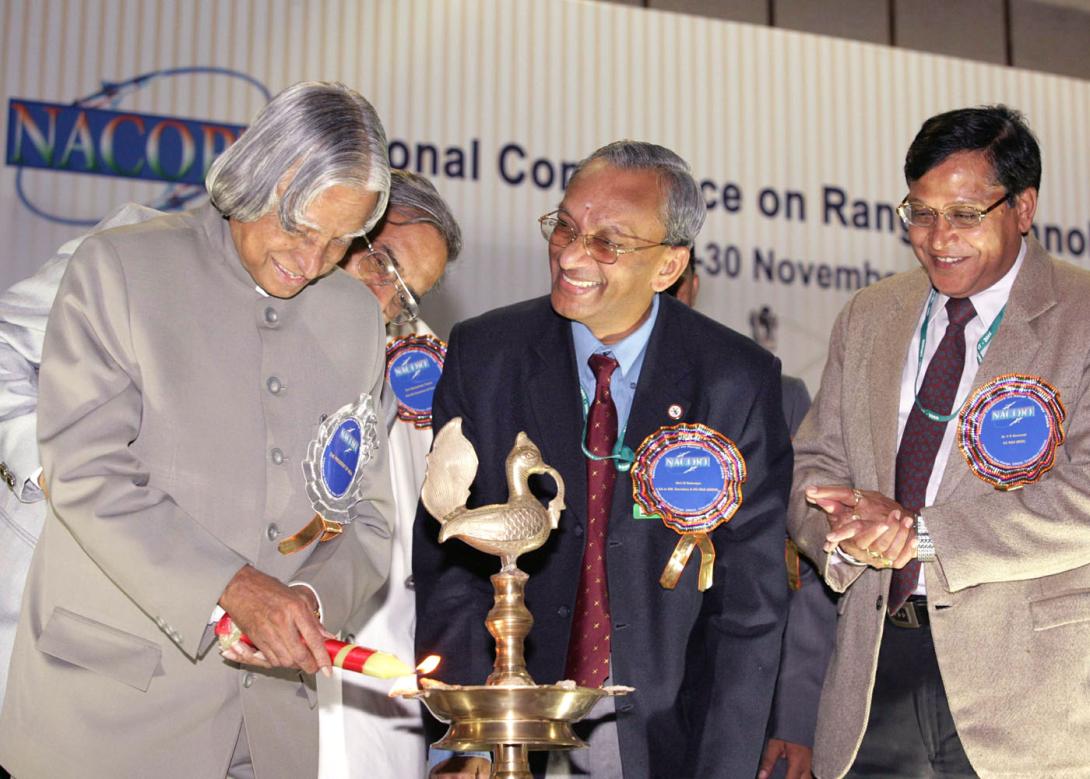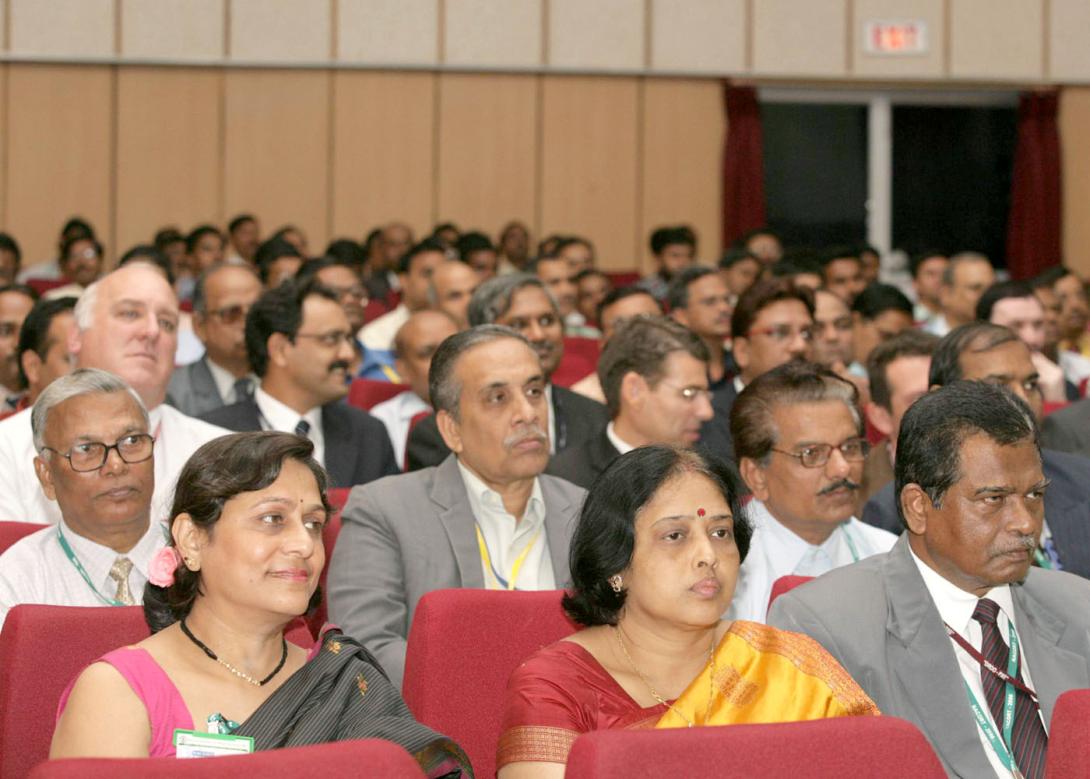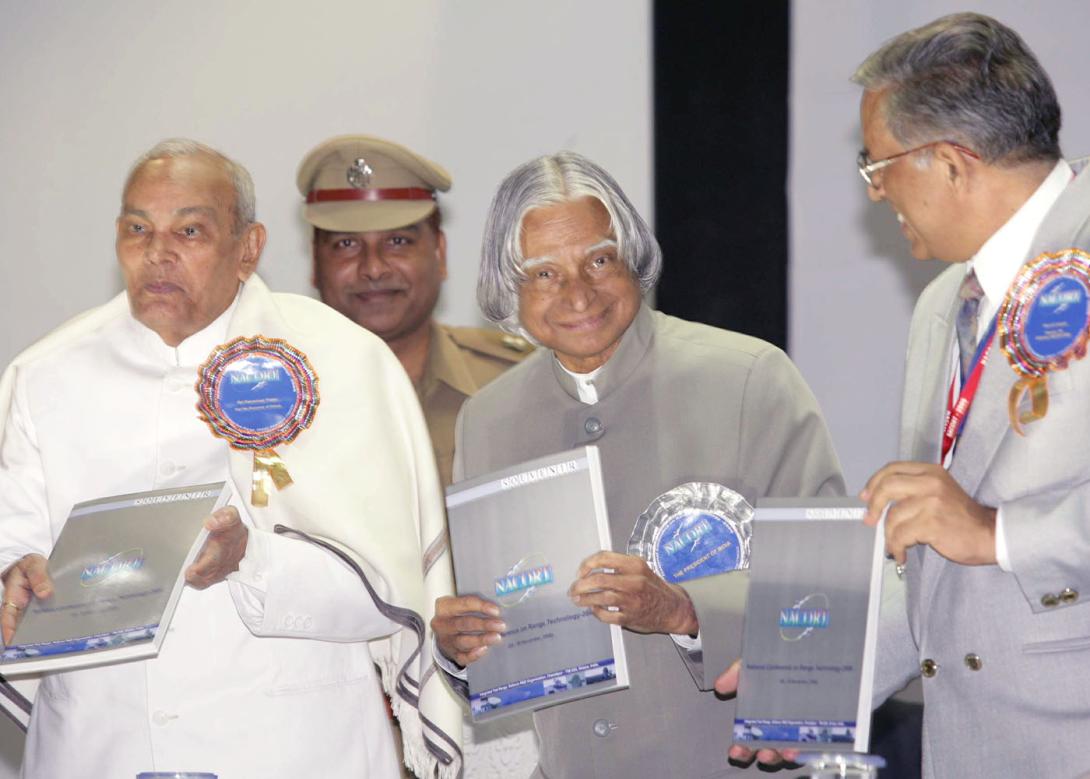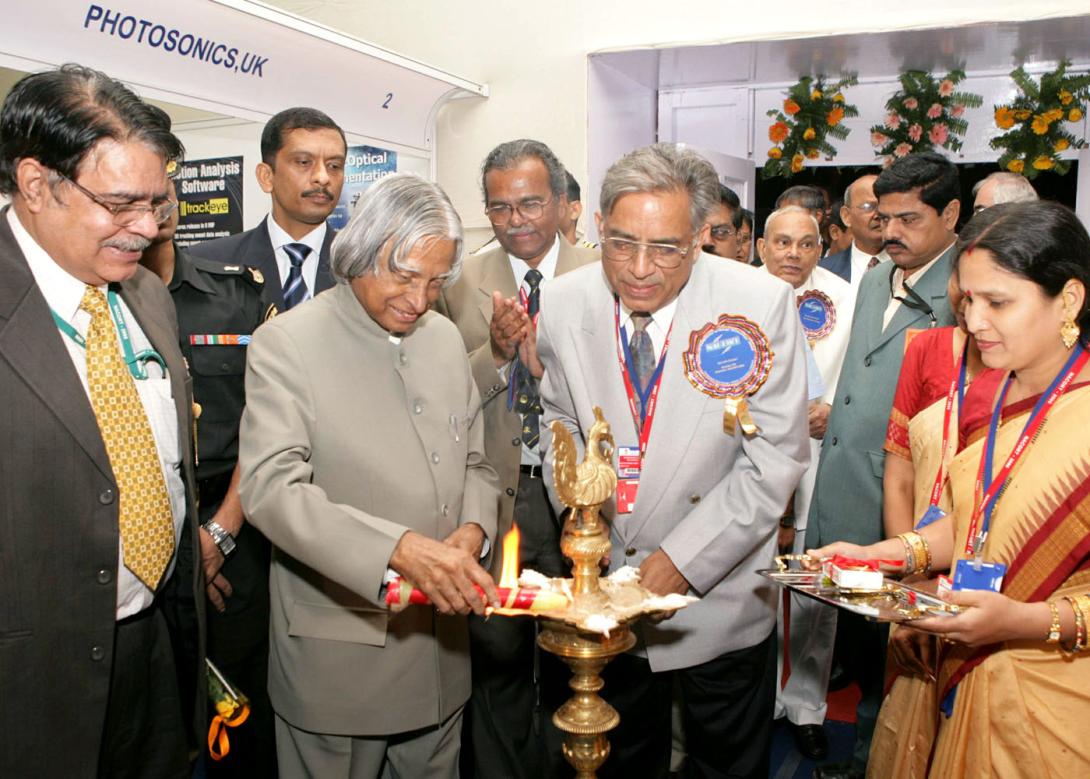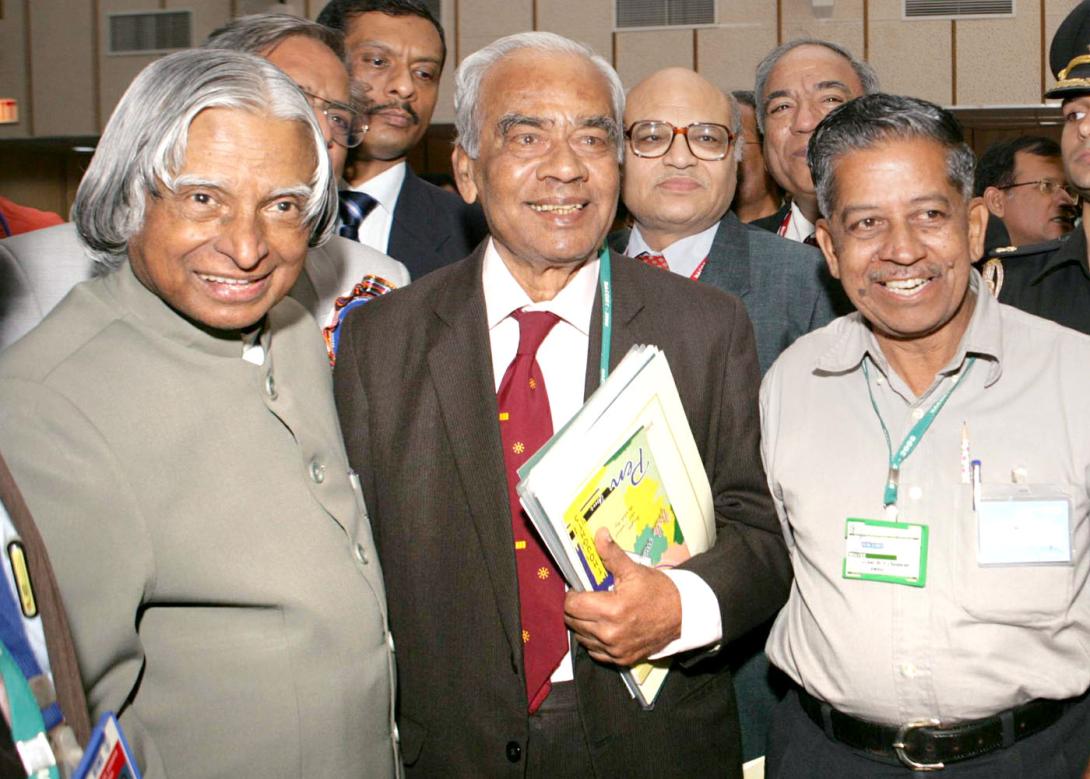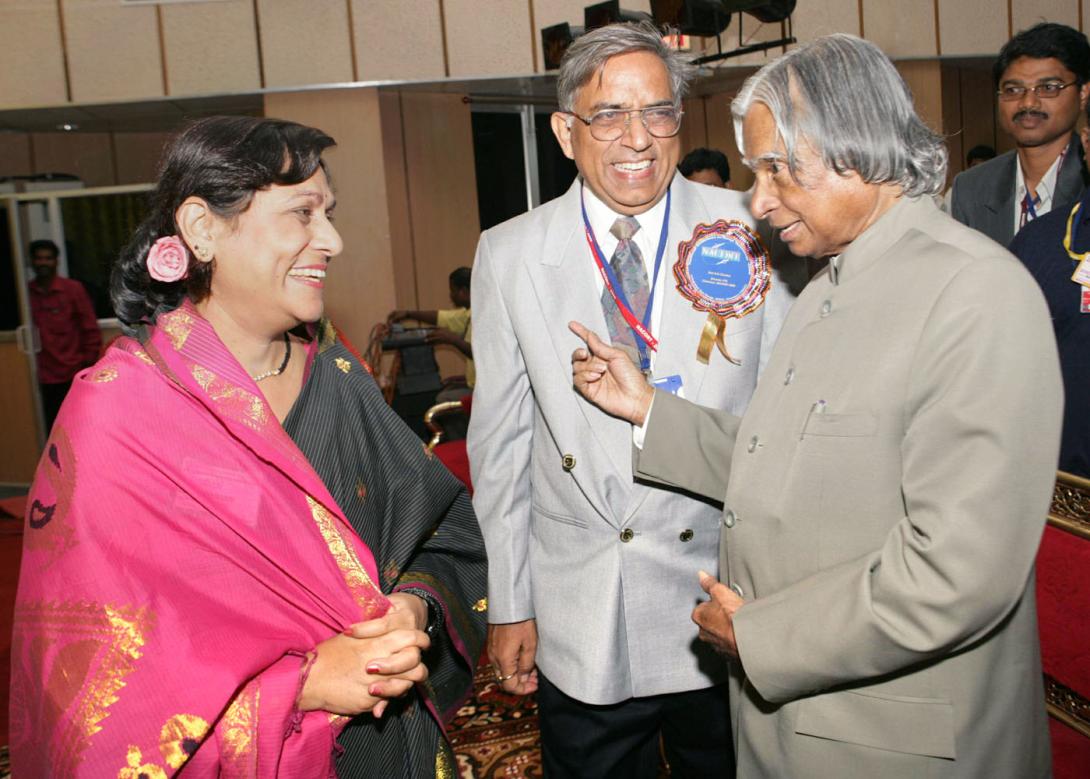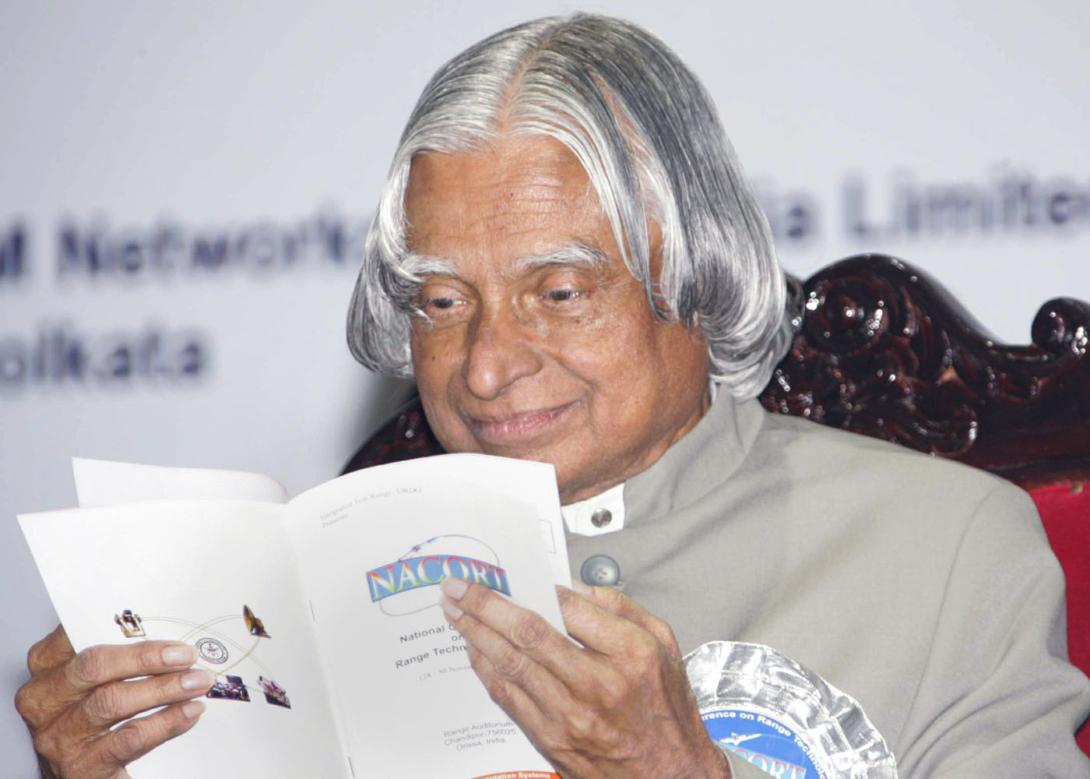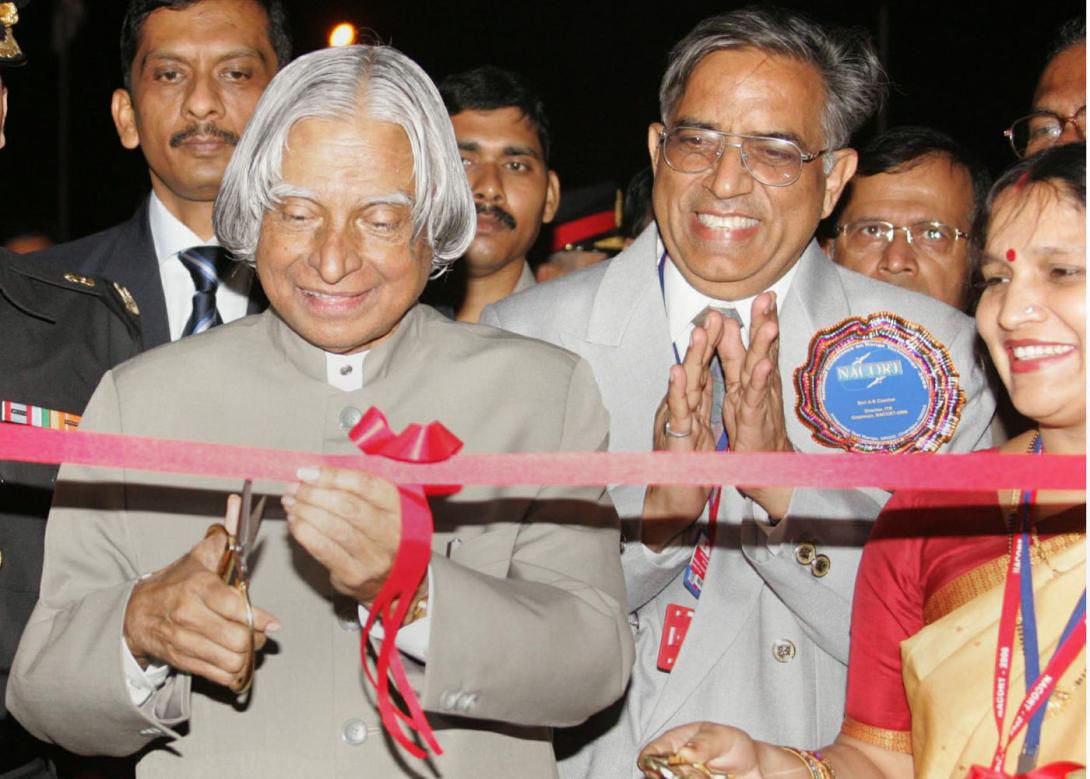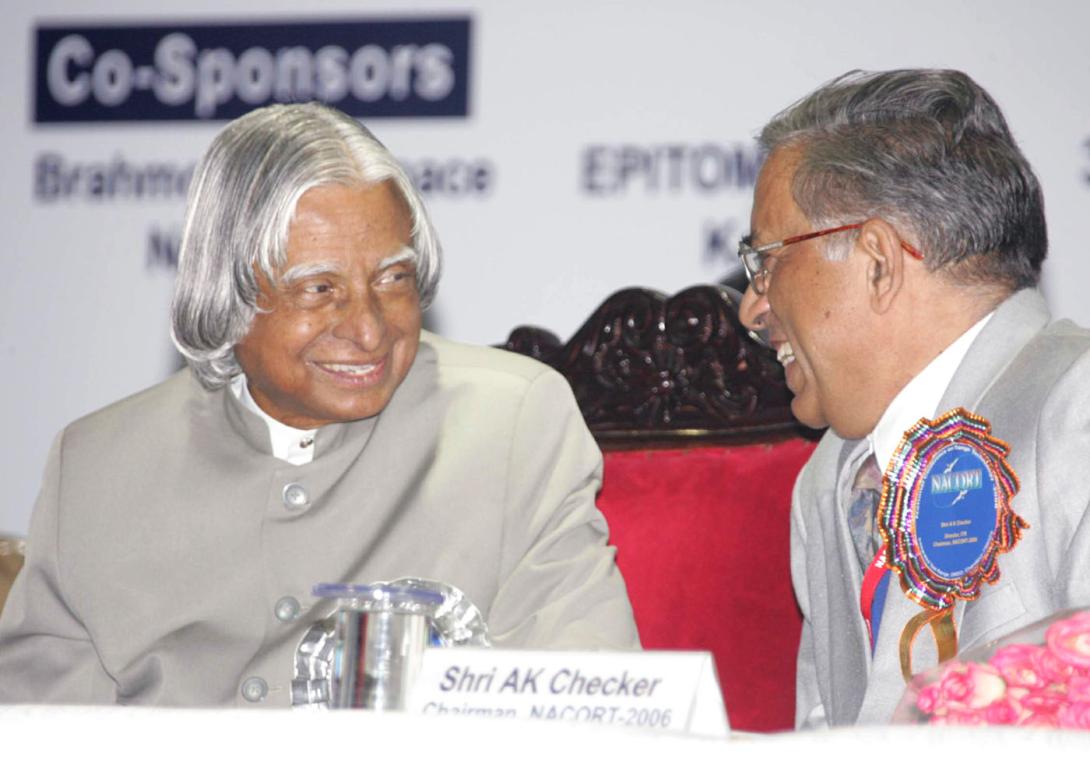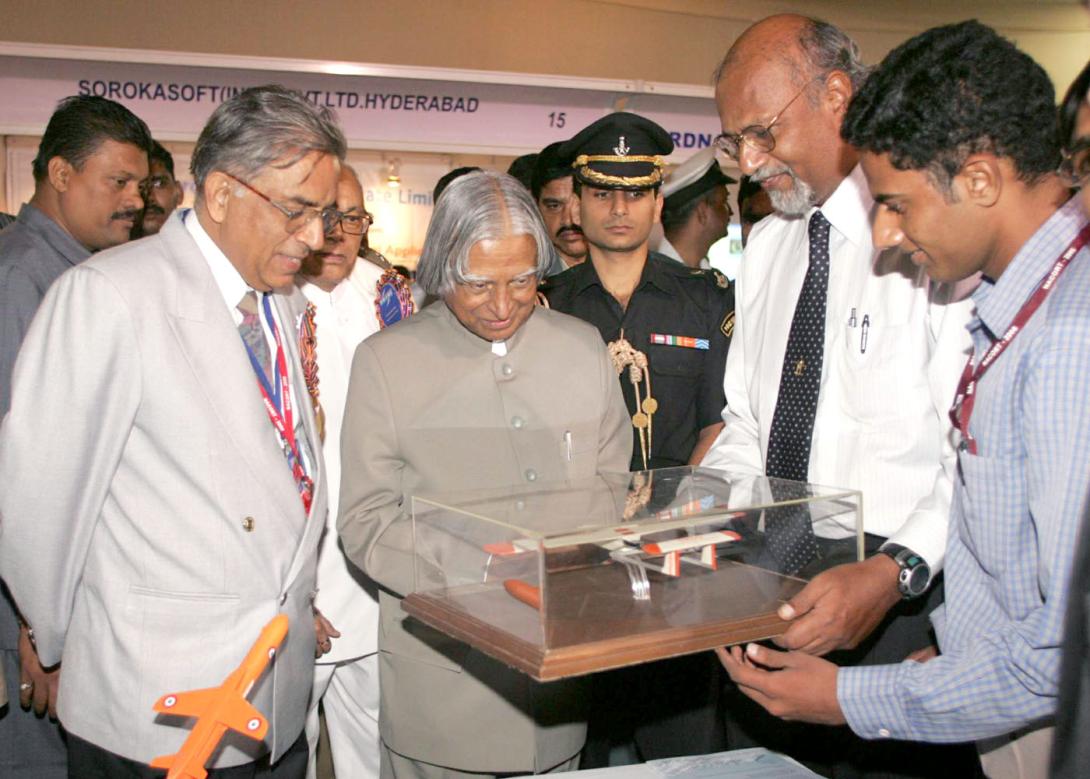Address at the Inauguration of the National Conference on Range Technology (Nacort-2006), Chandipore, Orissa
New Delhi : 28-11-2006
21st century Range
I am indeed delighted to participate in the inauguration of the National Conference on Range Technology (NACORT-2006) being organized by Defence Research and Development Organization. I greet the organizers, range technologists, range users, system designers, members of the Armed Forces, academia, researchers and other participants. I particularly greet the specialists from abroad who are sharing their valuable experiences through key note addresses. I consider this Conference is timely especially we have to plan for a range of the 21st century with enhanced capabilities. This range has come a long way since we started a range in a single room facility with a simple launch pad for Trishul system, to Interim Test Range with reasonable instrumentation and graduating to multi-location Integrated Test Range both on main land and island over the last two decades. I remember the contributions made by the specialists like Dr. HS Rama Rao, Mr. C. Prabakar, Gen. Satish Chandra, Gen. Deshpande, Gen. Deswal. Of course, I was the first Director of ITR. A number of other Directors who added their best to this Range is sitting in front of me. Members of Today this range is one of the busiest test ranges of the world being used by DRDO, Users and other international customers. I would like to share some of my thoughts to make this range as an internationally accredited ?21st Century Range?.
Vision for the Range
The test range must have provision for observation and surveillance through different stations which are located in space, air, ground and sea. We may have transportable terminals on land, sea and space. Time of stay of the weapon systems on the launch pad has to be minimized continuously so that we can have more missions on a given day. The range should also have provision for maintenance, repair and servicing of the landed vehicles prior to certification and subsequent re-launch. The range must be totally networked with all the instrumentation and facilities.
Range has become borderless. There will be more sea based sensors, air based sensors, satellite links and the large data handling capability with sensor data fusion. Expert systems will assist the human operations in a big way.
Considering that both the land range and sea range are in the east coast, they will be subjected to vagaries of the east coast weather like heavy rains, cyclones and sometimes Tsunami, it is essential that as far as possible most of the range systems including radar, tele-metry stations and other EO trackers are in mobile mode and inside fully protected shelters when it is called for.
A Complex Mission Scenario
I visualize the range to evaluate a multi-target handling surface to air missile system, which is capable of handling 4 missiles against 4 flying targets from different directions. Under the extreme situations maximum 3 missiles can be launched against each target. Range should be capable of providing 3D data of tracking the targets, missiles for the entire duration of engagement which may be in the order of one minute. The range should also be able to create the EW environment and to confirm ECCM efficacy of the entire weapon system, radars, communication, command and guidance link, seeker and radio fuse. In order to get as much of accurate data as possible, both radar based and electro-optics based tracking systems needs to be deployed both on land and over the sea, over the geographically dispersed locations. This range in future will be providing the flying target support system to the users. This should be upgraded to meet such challenges to simulate the actual target characteristics with maximum fidelity.
Missions ? present and future
This range (both land and Island) will have to be ready to test the following types of weapon systems:
1. Long range surface ? to ?surface missile systems
2. Surface to Air missile systems of various classes
3. Sub-Sonic and Super Sonic Cruise missiles
4. Long range rockets with precision guidance munitions
5. Air-launched BVR air-to-air missiles.
6. Long range air-to-ground standoff missiles and bombs
7. Unmanned Air Vehicles carrying weapons
8. Targets for validation
The range must be made available for even friendly countries for carrying out evaluation and certification of products developed by different manufacturers. Many of the facilities are already in position and are being used. However the technologies are changing, missions are expanding and which needs the augmentation of the range.
Networking of Ranges
The range is actually distributed at number of locations over the main land, islands, seaborne platforms and airborne platforms. All the instrumentations in these ranges need to be networked through high speed real-time data link both terrestrial and through satellite. It is also mandatory to have adequate encryption and security. For airborne platforms, we need light weight sensors and data processors, may be we may have to use flexible and conformal smart antennas to provide uninterrupted data links.
Actually, the whole system will be like a Network Centric Operations (NCO) wherein there will be a nodal centre which receives information from all the sensors and data centers which will have facility for monitoring and command & control operations. This NCO also will have multi-sensor and multi-spectral 3D data fusion. The complete range operations should be controlled by the range director and safety operators from this centre. The complete facility including its logistics, safety, security, technical functions, medical should be geared up for handling multiple missions on any given day and quick turn-around to maximize the utilization of range facilities. The NCO centre should have elaborate graphic display facilities to provide real time viewing of the mission and display of quick look performance data soon after the mission.
Dedicated Runway
The range should also have an integrated landing strip with all the air-traffic control and ground handling facilities to enable air access to users as well as cargo. A separate air-strip for testing landing and take-off of unmanned air systems in a safe area should also be planned.
Aerostat at the Range
A high altitude aerostat can meet two requirements: by carrying radar sensor, electro-optic sensor and communication system, it will be a dedicated airborne sensor platform as a part of range facilities. This can also do surveillance and tracking of cruise missiles, when the development work on cruise missile defence system starts in the country. This facility will also be an unmanned permanent post, for providing automatic all weather, day and night security coverage and alert system.
Virtual Range
The network-centric facility should be so configured that the virtual range can be created and launch operations can be carried out without involving real weapons. This virtual range will be useful for following applications:
1. Simulating a weapon test and evaluation task before actually conducting the flight test. The configuration of the range, the instruments to be deployed, flight profiles, human interventions, expected performance, action on deviations, mid course correction can all be programmed, optimized and finalized.
2. Training of various range executives and operators before induction and also prior to upgradation can be carried out in the Virutal Range.
Floating impact point
In order to evaluate long range surface to surface ballistic missiles, cruise missiles, standoff missiles and Precision Guided Munitions, an instrumented floating impact point platform is essential. A network of appropriate sensors needs to be positioned during the mission to enable the tracking of the terminal phase of the trajectory and accurate measurement of the impact point.
Telemetry
The range should cover various international standards for telemetry receiving stations. The telemetry stations should be deployable on ground, on ships, satellites and airborne platforms like aerostats, aircrafts, helicopters.
Conclusion
I visualize this range to graduate into a 21st century international range as an independent flight test and evaluation entity, which will provide valuable design inputs to the developers apart from providing performance analysis data to all customers both national and international. This should be an internationally accredited range with periodic certification and upgradation. ISRO and DRDO must plan for an Institute for Range Research, Technology Development and Training (IRRTDT) which should provide quality human resource to this important activity.
With these words, I inaugurate the ?National Conference on Range Technology (NACORT-2006) and wish all the participants? success in their mission of providing the state of the art evaluation system to the weapon systems development teams and the users. May God bless you.

